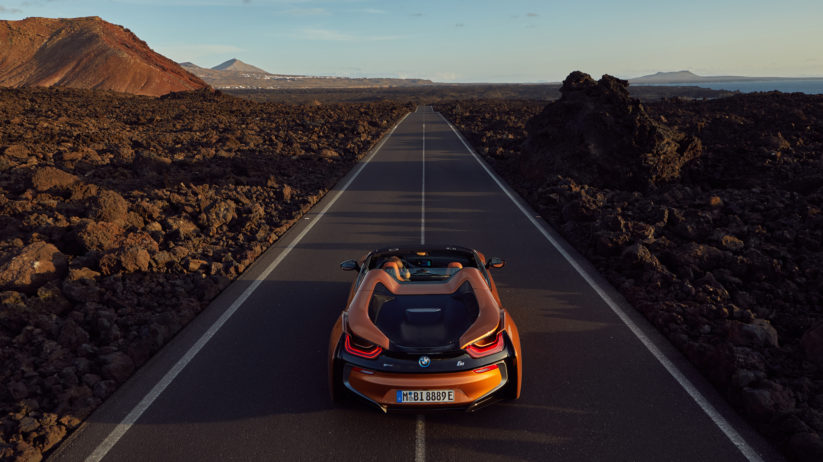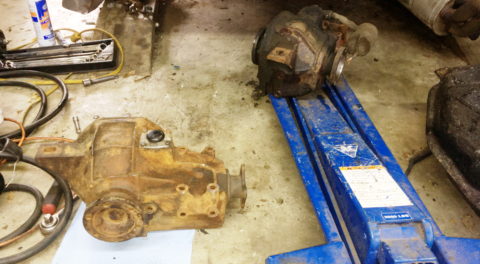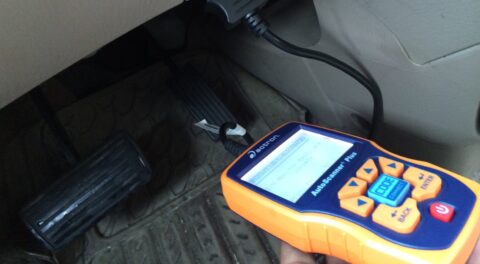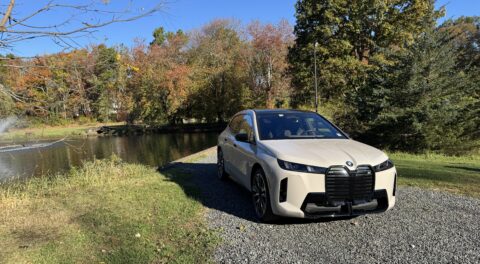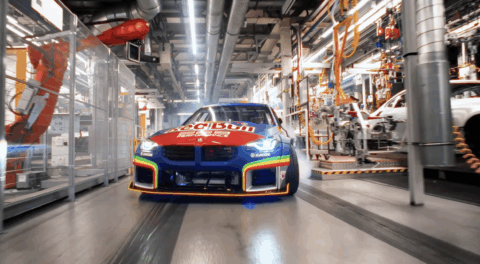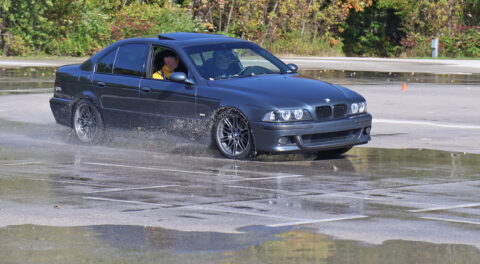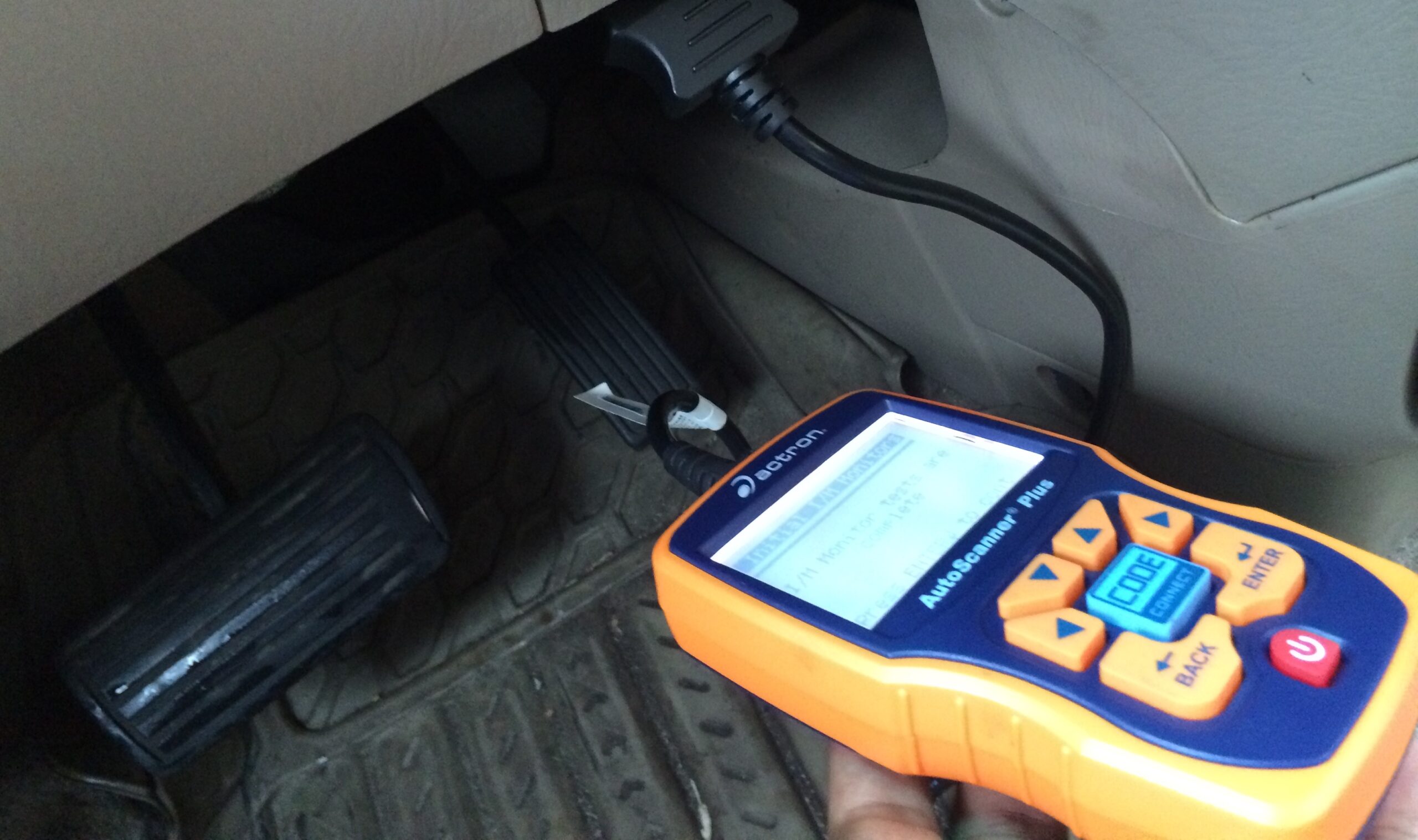This week BMW confirmed that the i8, the longtime halo car for BMW i’s electrified endeavors, will be ceasing production within the coming weeks after a six-year model run. In many ways, the loss of the i8—a design and concept that has been part of BMW’s global presence since 2009—is bittersweet, so we wanted to take a moment to remember and assess the futuristic supercar.
Any fair remembrance of the i8 should begin, as so many car enthusiasts have, by qualifying that description. It had performance roughly on par with the BMW M3, yet cost more than twice as much—and that was before you factored in dealer markups that came with the whirlwind of press that surrounded the car’s release. Did this make the i8 a supercar? A sports car? In the early days, the debate raged as another class of vehicles that were coming to market in 2013: electrified hypercars from Ferrari, McLaren, and Porsche (respectively, the LaFerrari, P1, and 918 Spyder).
The i8, when it was new, certainly inspired visual comparisons to those cars. On a glossy magazine page, the sleek butterfly doors and flying-buttress rear-end design, coupled with its mid-engine, dual-motor layout, set up a car that could stand on its own amongst the bedroom-poster gang. But what was it, really?
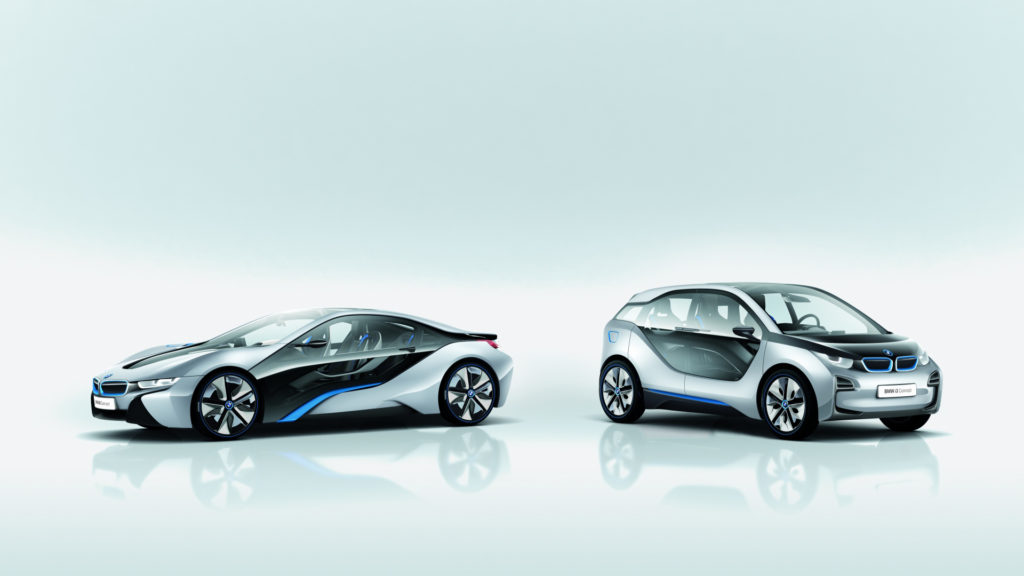
The BMW i8 Concept and i3 Concept from 2011, despite their stunning appearance, were changed minimally for production. The fully glass doors, sadly, were dropped.
A couple of years after the i8 came to market, I found myself sitting at dinner during the Michelin Pilot Experience, a press launch for the Pilot Sport 4S tire, talking with several of the gracious supercar owners who had volunteered their cars to Michelin’s sizable event display. It wasn’t quite the company I was used to keeping, but listening proved educational. One owner, who had brought a Ferrari of some variety to the event, remarked that he had owned an i8 when they were new. (It had been, after all, one of the hottest cars of 2014.) He remarked that he had gotten rid of the car after a little while, disappointed that it wasn’t as fast or thrilling as the Porsche 918, or the other hybrid supercars.
The line stuck with me; I found his reaction baffling. Not as thrilling as a 918—a car twice as powerful and valued at—let me check my notes—ten times as much? Of course the i8 wasn’t going to be as blisteringly fast, or as capable, or as bespoke; it was never meant to be. But the i8 looked and felt like it could be, without relegating itself to the billionaire class.
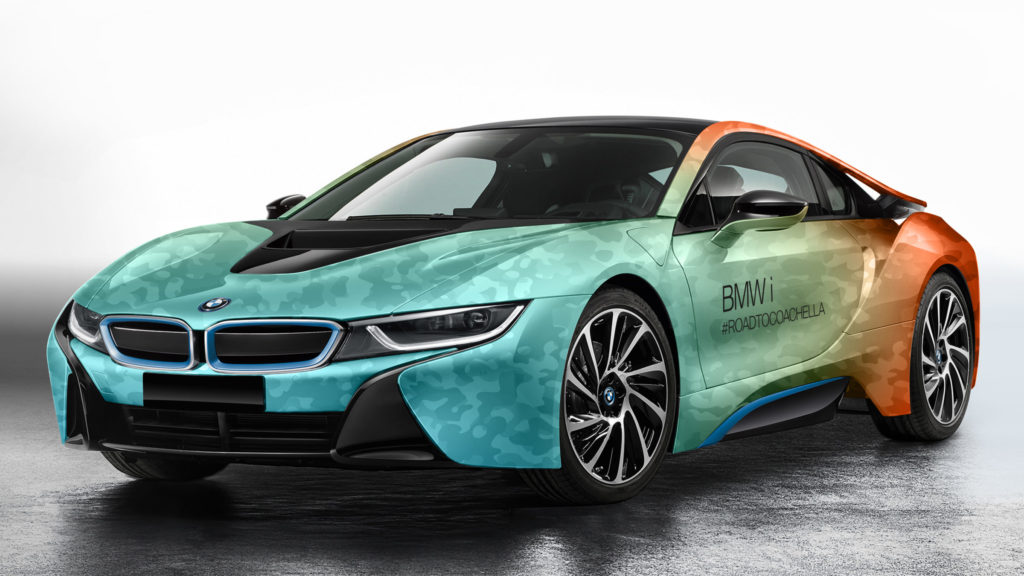
The BMW i8 lends itself to bright colors, like this promotional wrap for Coachella.
The fact that the i8 warranted these comparisons at all, the fact a group of hypercar owners spent several minutes of their dinner discussing a BMW, the fact that it legitimately employed the same technology as seven-figure, limited-production exotics—this is precisely how the i8 (and BMW) won.
I’d like to present an alternate take to the narratives we’ve heard before: that the i8 was a reasonable sports car and daily driver that made you feel like you were driving a million-dollar hypercar for just $150,000. It drove like a sports car—like a BMW—and also like an electric car, cruising smoothly and silently around town without barking across the Whole Foods parking lot when you try to get into reverse.
The i8, for those lucky enough to own it, was a car you could genuinely use as easily as a plug-in 3 Series or MINI Countryman SE, but with the added charm of an old-school mid-engine sports car.
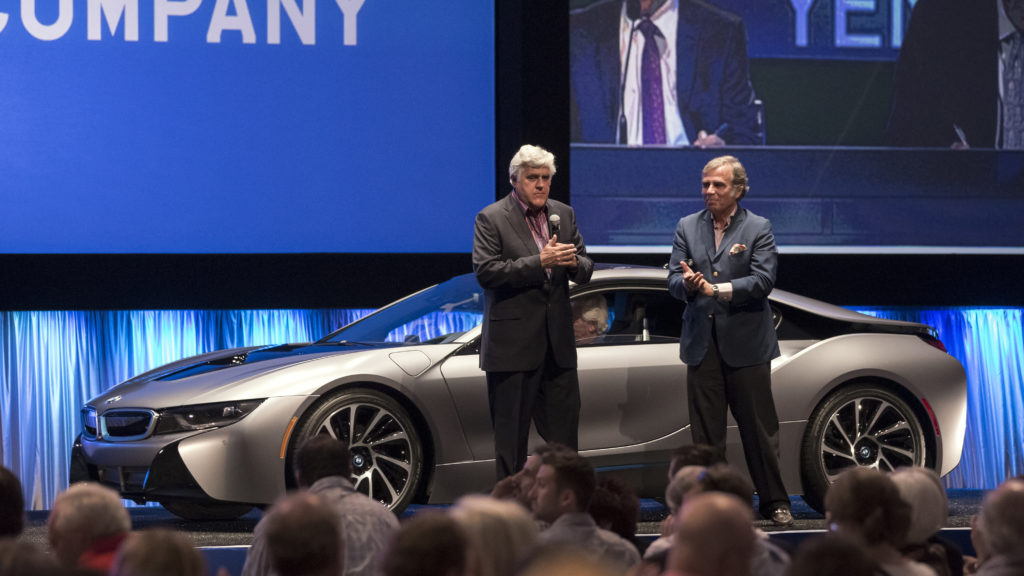
Noted denim enthusiast and occasional car guy Jay Leno helped sell this BMW i8 at a Gooding & Company auction in 2014, benefiting the BMW CCA Foundation.
Speaking of MINI, and electric vehicles, I’ve been in Miami this week driving the new MINI Cooper SE. It’s a wonderful car, and owes so much to the i8—but that’s not why I bring up this tangent. I bring it up because I’m in Miami, and do you know what’s really common in Miami? The BMW i8.
Miami loves the i8. I would dearly like to know sales figures for the region, but I’ve lost count of the times this week I’ve seen two i8s on the same street, some of them stock, some of them modified (it is South Florida, after all), accented by the bright pops of Art Deco color and neon design that epitomize this vibrant city which is home to the Hotel Fontainebleau. They fit in perfectly here, and bring a bit of that charm with them wherever they go. Yet even when they’re a common sight, spotting one in the wild is still striking—some six years on.
Were there letdowns during these last few years? Of course. Dealer markups were brutal in the beginning, and the owners who first took their new sports car to a track learned quickly how much the drivetrain relies on its batteries for power—and how quickly they drain under race-track conditions. On paper, you could say it was expensive for its performance—but in return, you got a carbon-fiber sports car that you could charge in your own garage, one sounded like Captain Kirk’s USS Enterprise when it whirred down the driveway.
Perhaps the greatest disappointment was the release-timing of the drop-top i8 Roadster (arguably the pinnacle of all the i8 designs). It was a layout that was first introduced as the i8 Concept Spyder back in 2012, and one that could have been brought to market immediately after the coupe in 2014, riding a wave of its momentum. Instead, we had to wait nearly four years for the gorgeous i8 Roadster! An earlier introduction of that car is one of my biggest what-ifs of the BMW world.
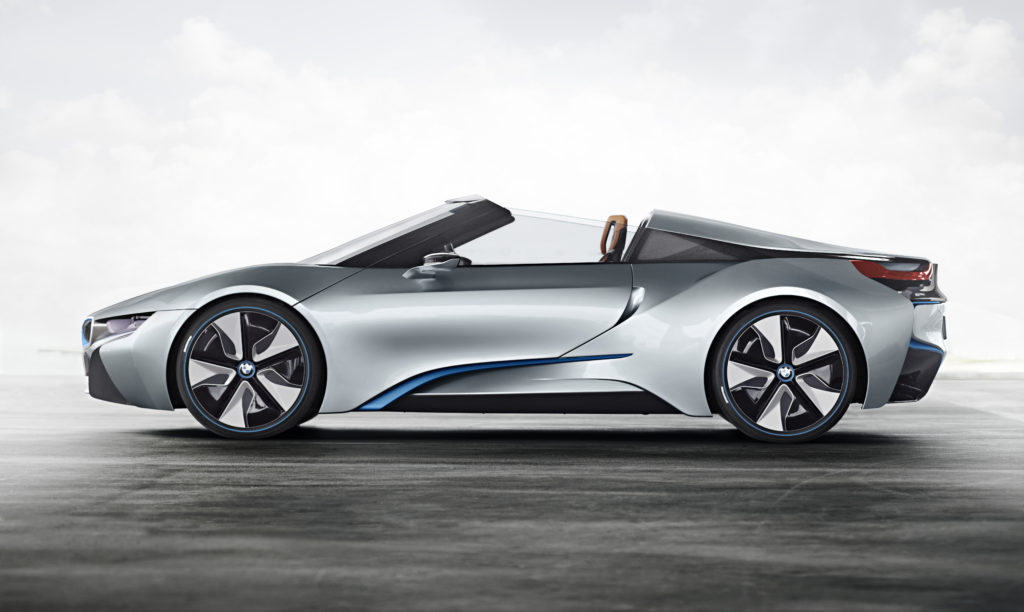
Simple, yet stunning: The BMW i8 Concept Spyder looked production-ready in 2012, but took six years to make it onto the street, arriving as a 2018 model.
But strictly speaking, even these hiccups weren’t the i8’s fault. The car was everything it set out to be and more. For me, the BMW i8 was, and will remain, the benchmark of the experimental plug-in era, the first moment in automotive history when cars were electrified for fun, not simply efficiency.
For the next few weeks, you can still purchase a brand-new i8 Coupe or i8 Roadster, and as Ferris Bueller would say, if you have the means, I’d highly recommend picking one up. Its replacement is a couple of years away (reportedly taking the form of the M1-esque Vision M Next concept car), but even as pure EVs grow more potent, I’ll always have a soft spot for the plug-in-hybrid predecessor.
The i8 brought series production BMWs into the future, and no matter where your passion lies in the automotive world, I’m certain that it taught us all a thing or two along the way.—David Rose
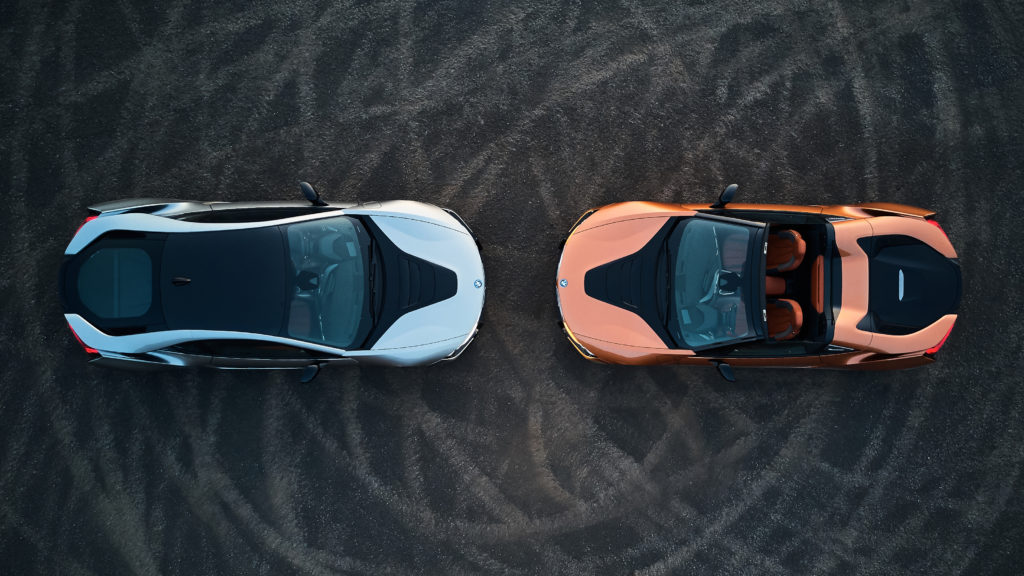
[Photos courtesy of BMW Group.]

